MACRO OCTOBER IN MARLERA - Episode Twelve - 22 OF OCTOBER 2023
The 22nd of October was a warm and sunny day, slightly more humid than usual, and I'm very satisfied with what I found in Marlera on that occasion. For those new to this series, Marlera is a coastal area situated a couple of kilometers from the village of Liznjan and about five or six kilometers from where I live.
Hope you'll enjoy the virtual macro safari this post has to offer. Have a good viewing.
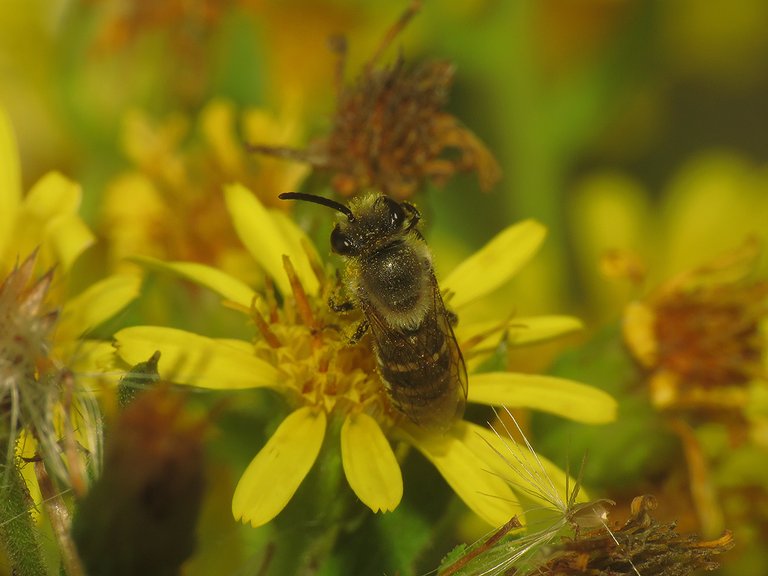
Here you can see a bee cleaning its antennae on one of the many yellow flowers produced by the plant scientifically known as Dittrichia viscosa. A few minutes earlier ...
... I saw the same bee feeding on the same kind of flowers. Colletes hederae is the name of this solitary mining bee from the Colletidae family.
Here you can see the nectar-eating fly that was buzzing around the same plant. The name of the species is Sphaerophoria scripta. It belongs to the Syrphidae family.
On the leaf of the plant, I mean - the same Dittrichia viscosa plant, I photographed this very small & young caterpillar of the Helicoverpa armigera, a moth from the Noctuidae family. Quite a few caterpillars of the same kind already appeared in this series but none of them were this small and I never caught a Helicoverpa armigera larva in such an interesting pose. It looks a bit anthropomorphized, like insects drawn in children's books or seen in comic books and cartoons.
At some point, while rambling and sniffing around the same area in search of something interesting to photograph, I came across a small group of Euphorbia cyparissias plants, and on those spurges that were protruding from a layer of grass ...
... I found some very colorful caterpillars.
These are also larvae of a moth. The moth in question is the Hyles euphorbiae, commonly known as the spurge hawk-moth.
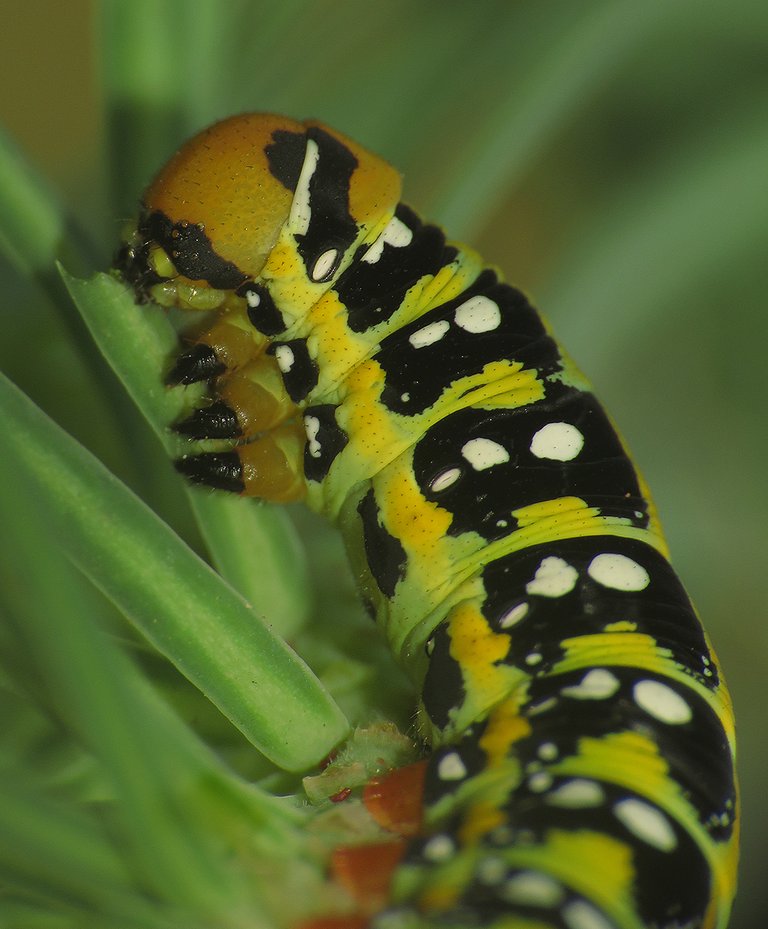
The milky sap of Euphorbia cyparissias, commonly known as the cypress spurge, makes it unedible to most animals but Hyles euphorbiae caterpillars thrive on this toxic plant.
I like these caterpillars a lot. The colors, the little dots & markings, all that stuff is so beautifully arranged and there is also an iconic horn that makes the caterpillar's behind look like its head. These larvae are showy and beautiful - a joy to photograph.
In this set of six photographs, you can see a Hyles euphorbiae caterpillar walking across the hand of a friend who was there with me.
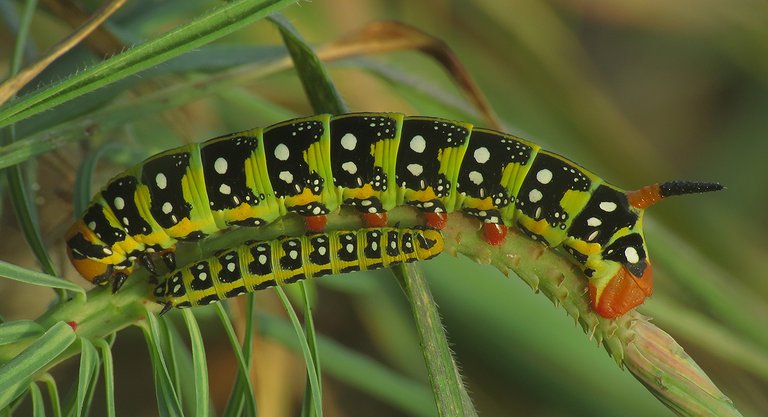
In this shot, you can see two caterpillars of the same species but their size is very different. When compared with a fully-grown Hyles euphorbiae caterpillar, both these larvae would look small.

In the foreground of this photograph, you can see the large curly leaves of the Verbascum undulatum plant. In the following shot ...
... you can see the fly I photographed on those leaves.
Can't tell you the name of the species. The family is Anthomyiidae, that's something I'm sure about. In the following photograph ...
... you can take a look at the entire plant. At this point in its life, the Verbascum undulatum shows only a flat rosette of leaves.
Here I zoomed in on the center of the rosette. The shot on the right was taken with, while the one on the left was taken without the flash.
This tryptich shows a leafhopper nymph dancing on the edge of a Verbascum undulatum leaf. I mean, the insect was using its legs to clean the rest of its body but when leafhoppers perform their hygiene routine, that looks a lot like dancing.
Can't tell you the name of the species. The family is Cicadellidae.
Here you can see another Verbascum undulatum plant. If you enlarge the picture by clicking on it, you'll notice a couple of smaller, thorny leaves that look like they are coming from the same plant. Those leaves belong to a Carduus nutans thistle that grows near the much bigger Verbascum undulatum whose leaves cover most of the younger and smaller thistle.
On one of the Carduus nutans leaves, I photographed this moth from the Pterophoridae family. The name of the species is Emmelina monodactyla.
On the leaf of some small, gracile herbaceous plant a meter or two from there ...
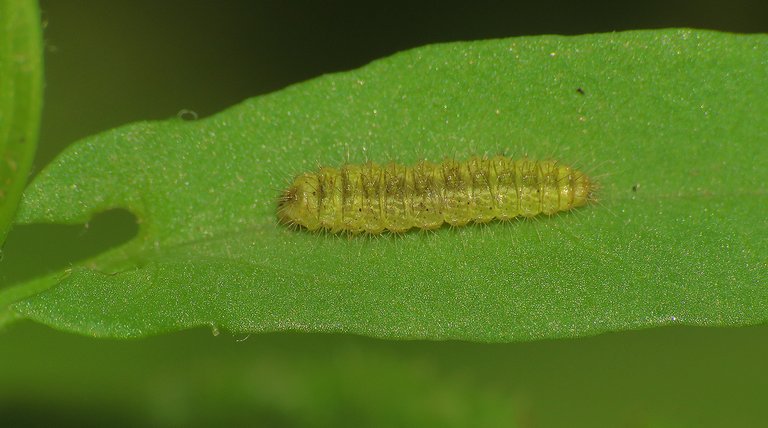
... I found an Emmelina monodactyla larva. In the surrounding grass ...
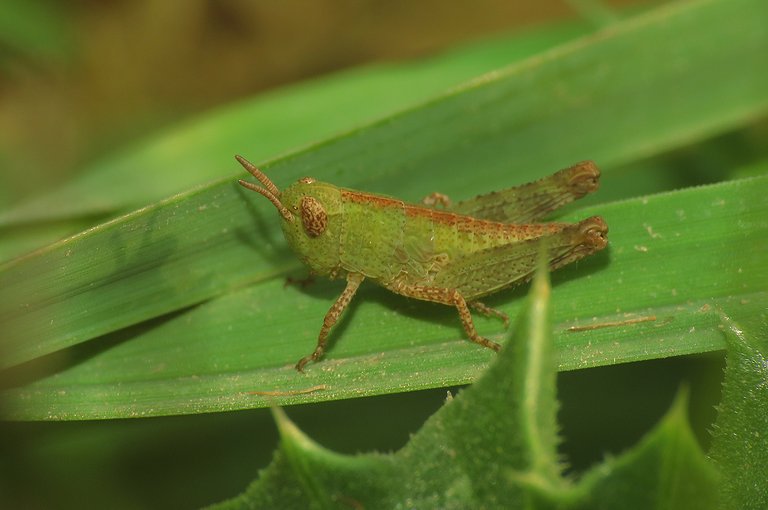
... I noticed a very small grasshopper nymph. This is a very young Pezotettix giornae grasshopper that looks very different from the adults of the same species that appeared in more than one of the previous episodes.
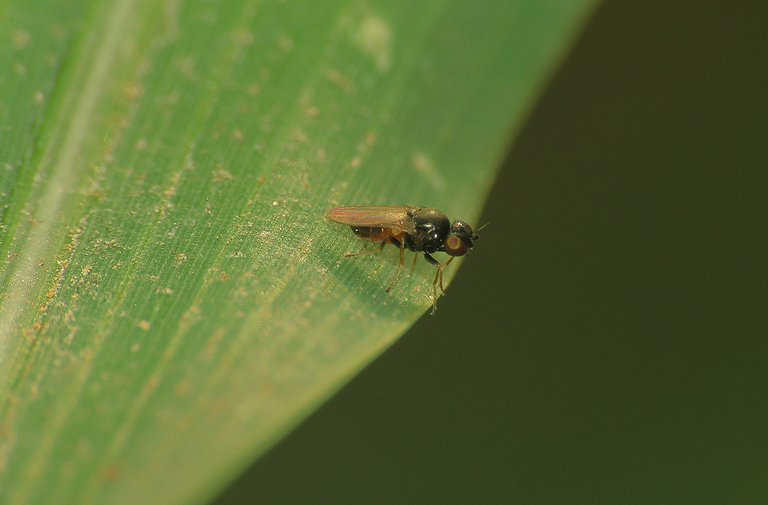
On another blade of grass, I photographed this minuscule fly from the Chloropidae family. The name of the species is Oscinella frit. Flies from the Chloropidae family are commonly known as grass flies. Like in the majority of species from this family, the Oscinella frit larvae live and feed inside the soft shoots of various wild and cultivated grasses.
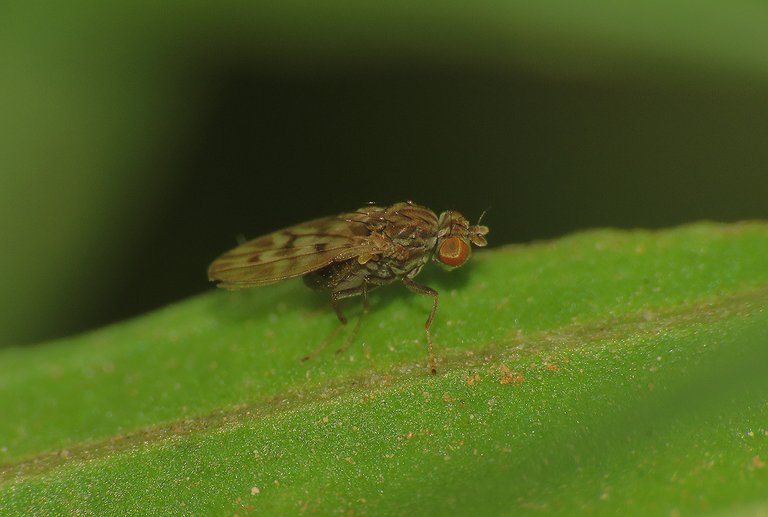
Here you can see a tiny fly that I've never seen before.

It probably belongs to the Ephydridae family, but I'm not completely sure about that. Please don't ask me the name of the species.
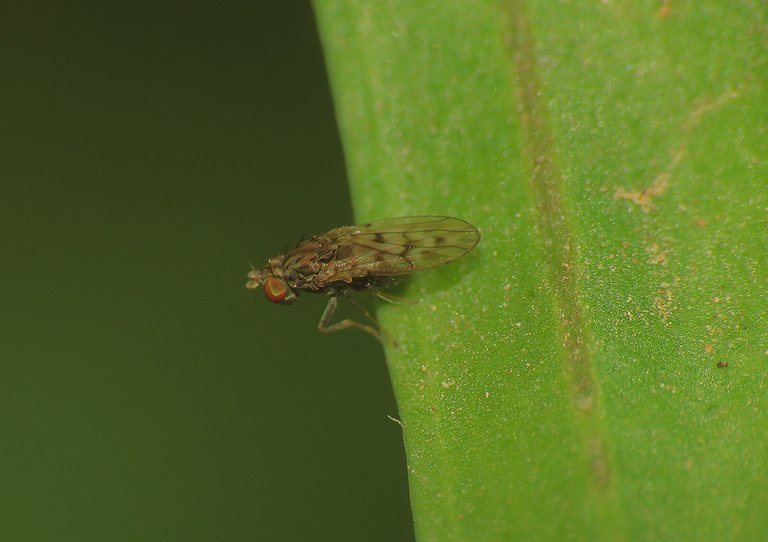
If the family is Ephydridae, which is far from being granted, the genus could be Limnellia. Regarding the fly shown in the following photograph ...
... I can confidently tell you that I can't tell you the name of the species, but I'm absolutely sure that the genus is Meromyza which means that now you know that this fly belongs to the Chloropidae family. There's no doubt about it.
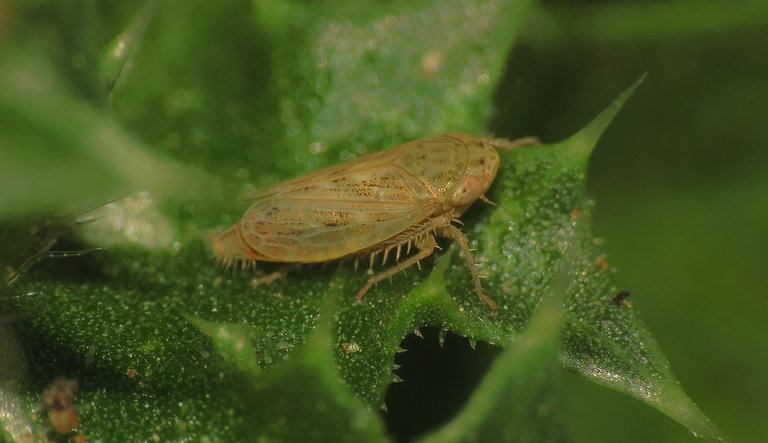
On another Carduus nutans plant, I photographed the Euscelis incisus, a leafhopper from the Cicadellidae family.
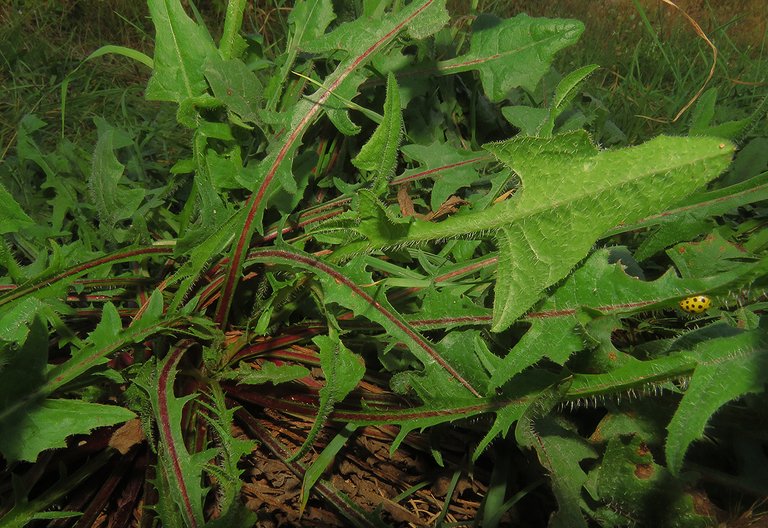
These are the leaves of the Cichorium intybus plant. If you take a good look at the picture, you'll notice a small yellow detail near the right edge of the shot. That tiny yellow detail is a ladybeetle ...
... the Psyllobora vigintiduopunctata ladybeetle.
Some of these lovely fungivore ladybeetles were feeding on the mildew on the upper surface of the leaves, but I didn't photograph those. All the Psyllobora vigintiduopunctata shown in today's post ...
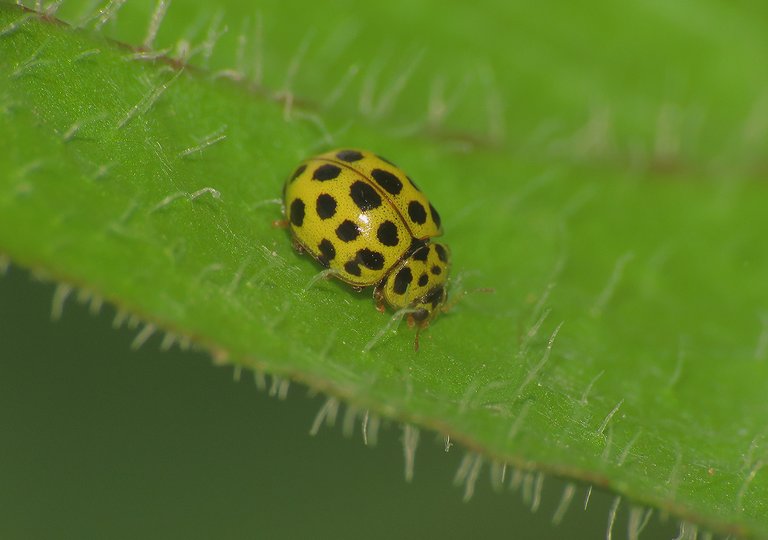
... were walking or resting on the opposite surface of the Cichorium intybus leaves.
Here you can take a look at the entire plant that still hasn't developed the stems with beautiful blue flowers.
This is the Ectophasia crassipennis, a relatively big fly from the Tachinidae family.
It looks like the fly is covered with pollen but I'm pretty sure that the powder seen in these photographs are spores.
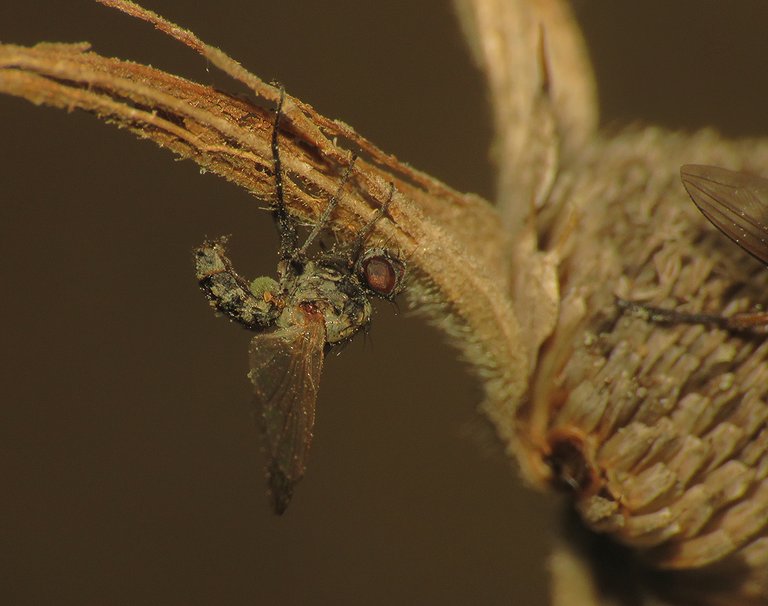
Near the Ectophasia crassipennis, on the same dry flowerhead of the Pallenis spinosa plant, there was a considerably smaller fly from the Anthomyiidae family. That dead fly was hanging in a pose typical for a victim of the Entomophthora muscae fungus.
You can see both flies in this shot.
Entomophthora muscae is a species of pathogenic fungus that causes a fatal disease in flies. Soon after a fly dies from infection fungus produces the spores that will emerge through the intersegmental membranes of the insect. While the fly is still freshly infected and therefore still alive, the mycelium of the fungus grows into an area of the brain that controls the behavior of the fly, forcing the insect to land on any surface and then crawl upwards. When critically ill, the fly tends to crawl to the highest point available, straighten its hind legs, and open its wings. The fungus-affected behavior leads the fly to a pose and position which ensures that the fungal spores are dispersed as widely as possible. The ejected spores can infect other flies that stop to rest in that area.
Ectophasia crassipennis was trying to get rid of the spores when these photographs were taken. The fly had no chance of succeeding. On the 22nd of October, its days were numbered.
AND THAT'S IT. AS ALWAYS IN THESE POSTS ON HIVE, THE PHOTOGRAPHS ARE MY WORK - THE END.
The following links will take you to the sites with more information about some of the protagonists of this post. I found some stuff about them there.
https://en.wikipedia.org/wiki/Colletes_hederae
https://en.wikipedia.org/wiki/Sphaerophoria_scripta
https://en.wikipedia.org/wiki/Hyles_euphorbiae
https://en.wikipedia.org/wiki/Anthomyiidae
https://en.wikipedia.org/wiki/Emmelina_monodactyla
https://en.wikipedia.org/wiki/Oscinella_frit
https://en.wikipedia.org/wiki/Limnellia
https://bugguide.net/node/view/52625
https://www.britishbugs.org.uk/homoptera/Cicadellidae/Euscelis_incisus.html
https://en.wikipedia.org/wiki/Psyllobora_vigintiduopunctata
https://en.wikipedia.org/wiki/Ectophasia_crassipennis
https://en.wikipedia.org/wiki/Entomophthora_muscae

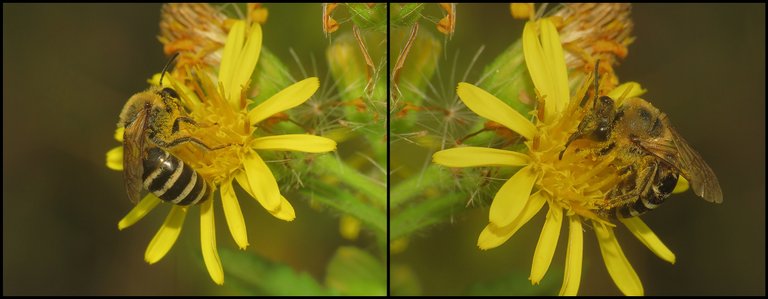
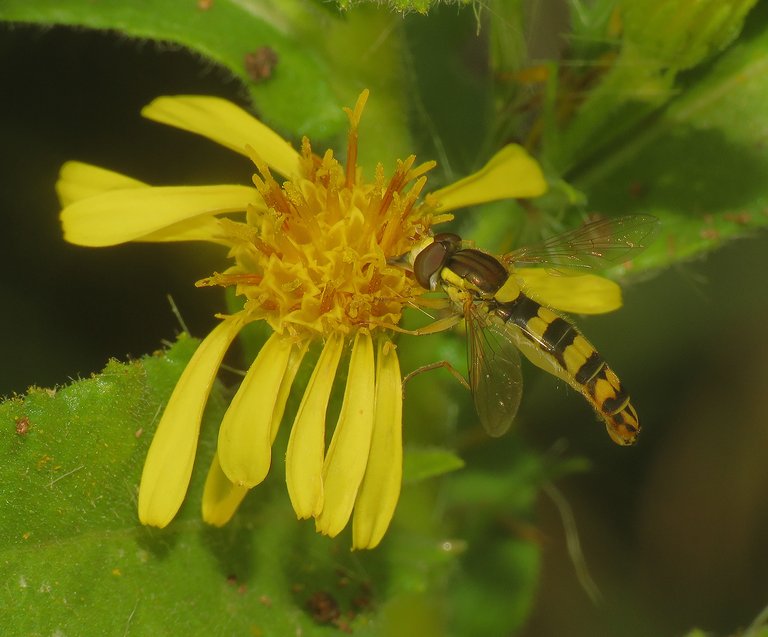
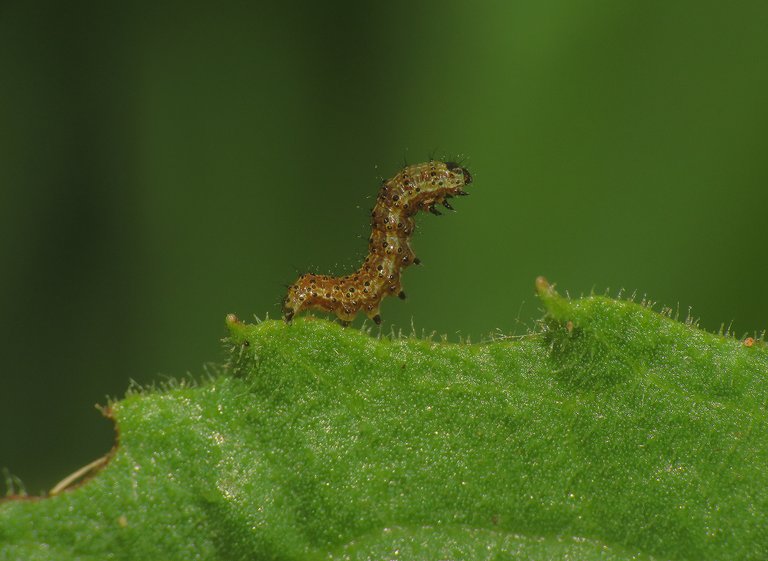
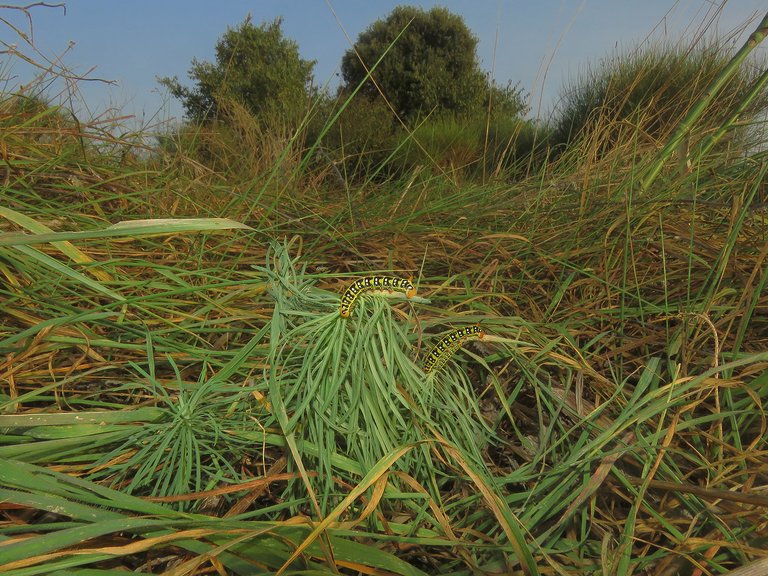
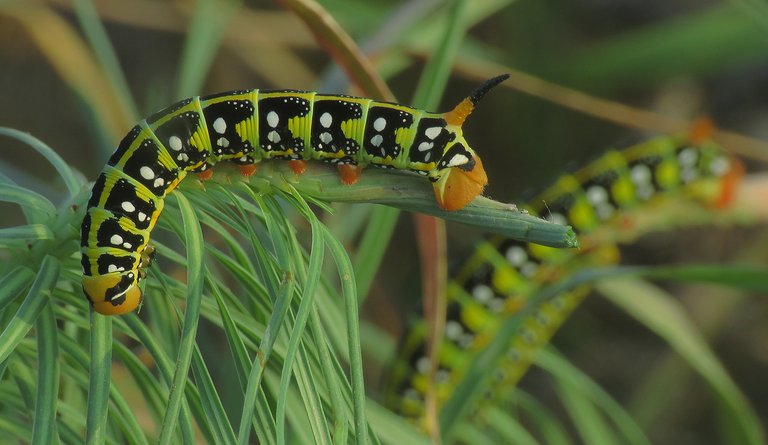
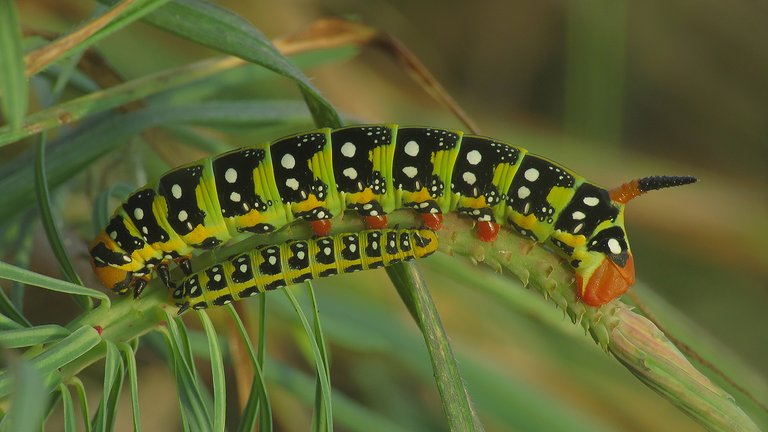
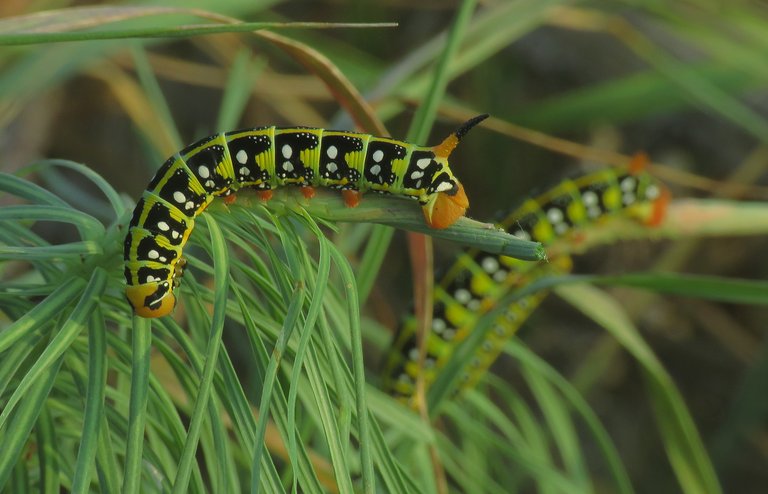
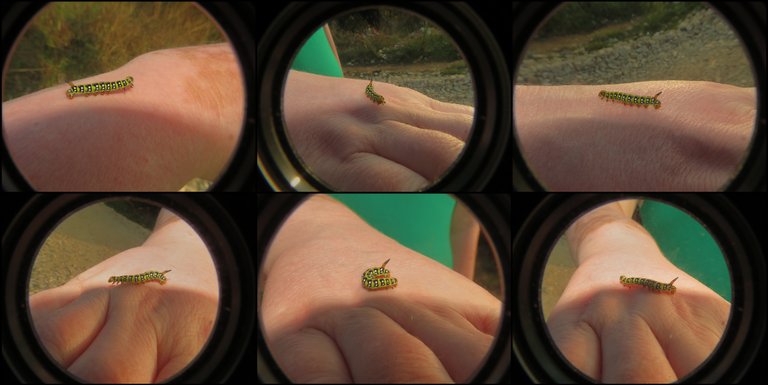
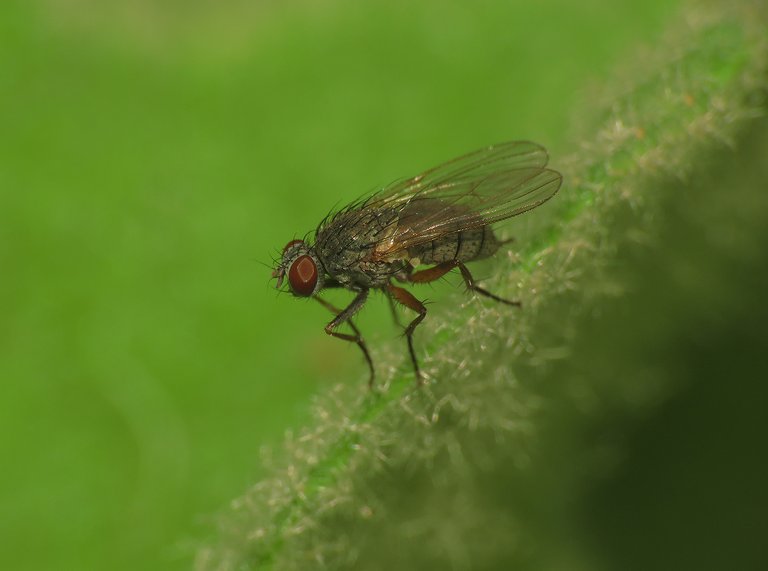
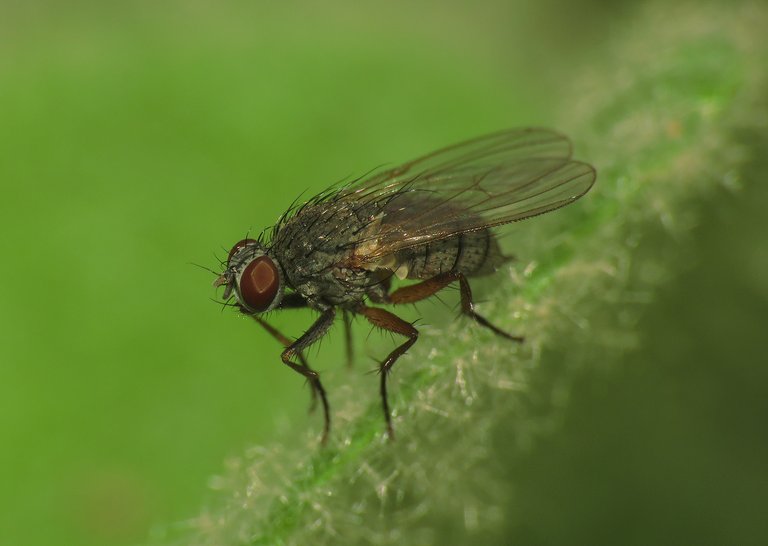
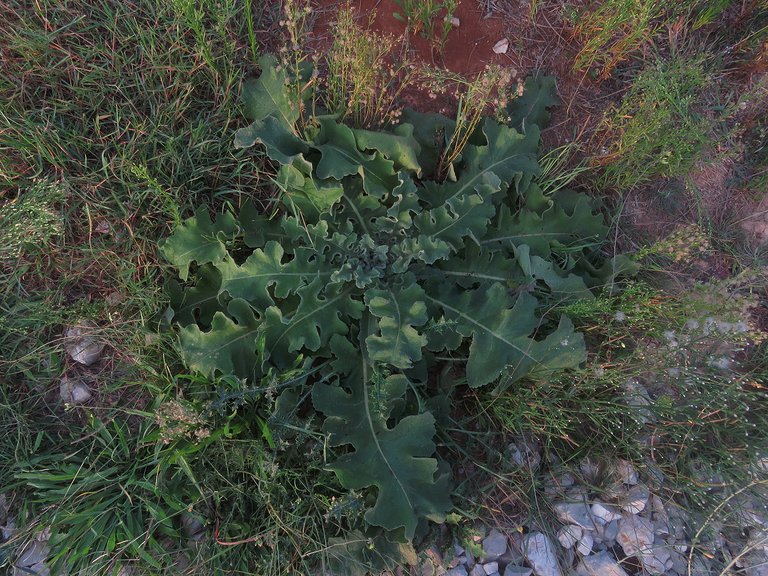
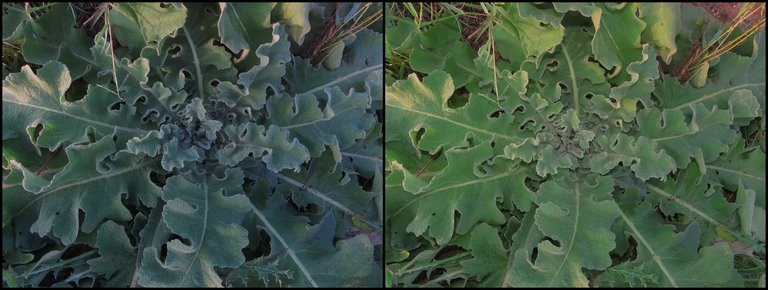


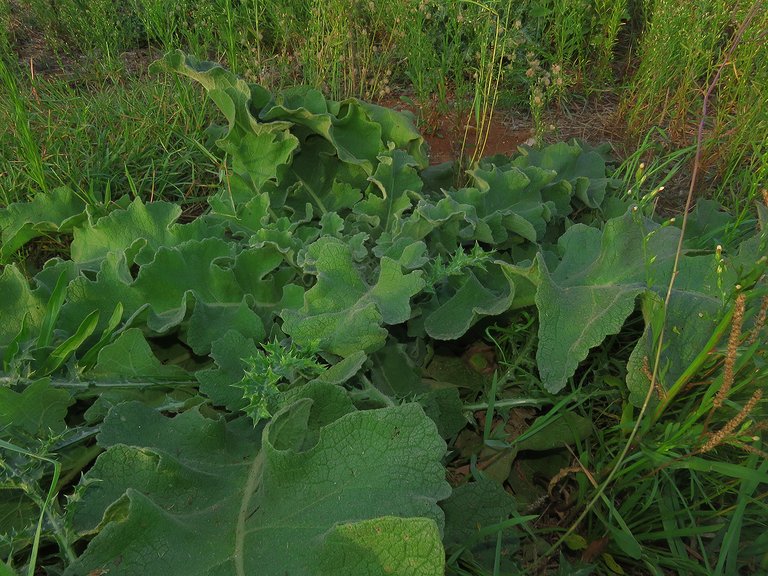
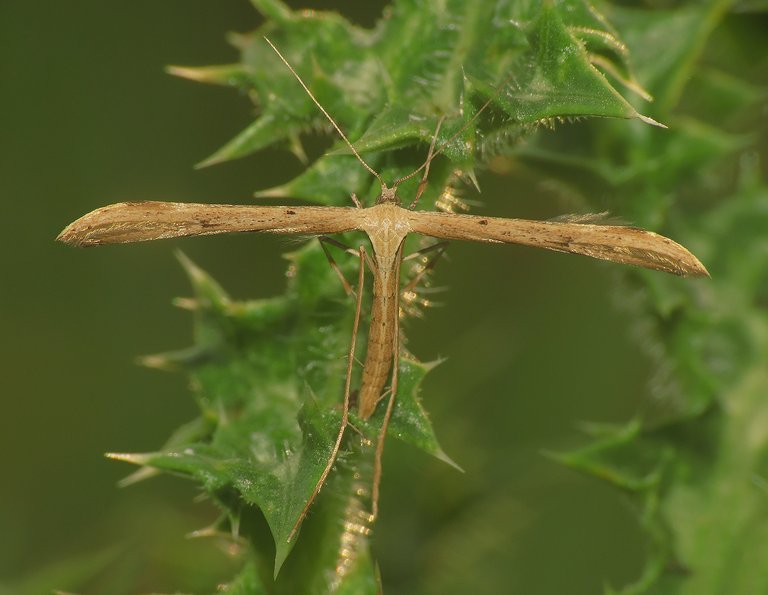
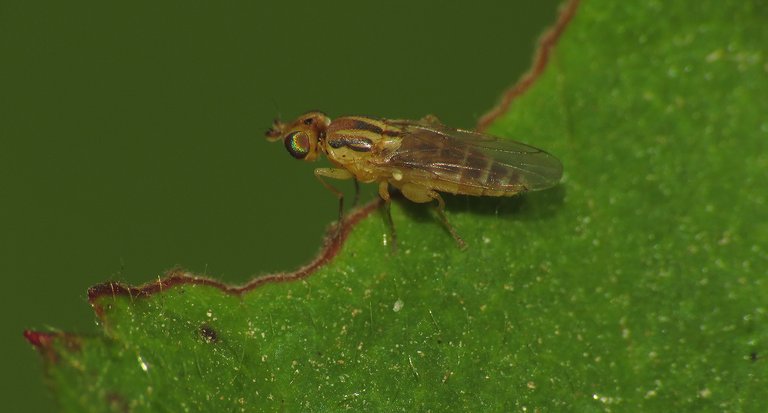
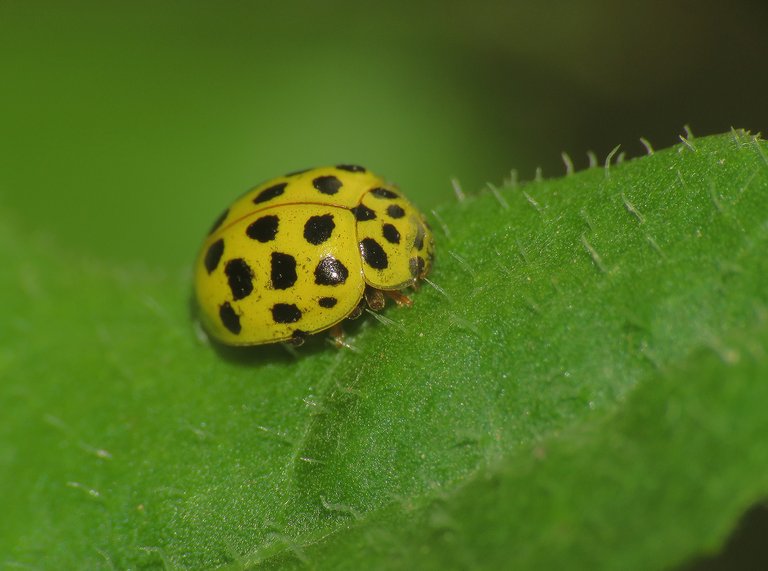
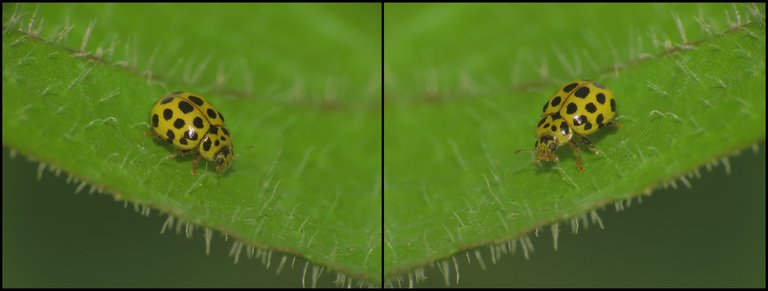
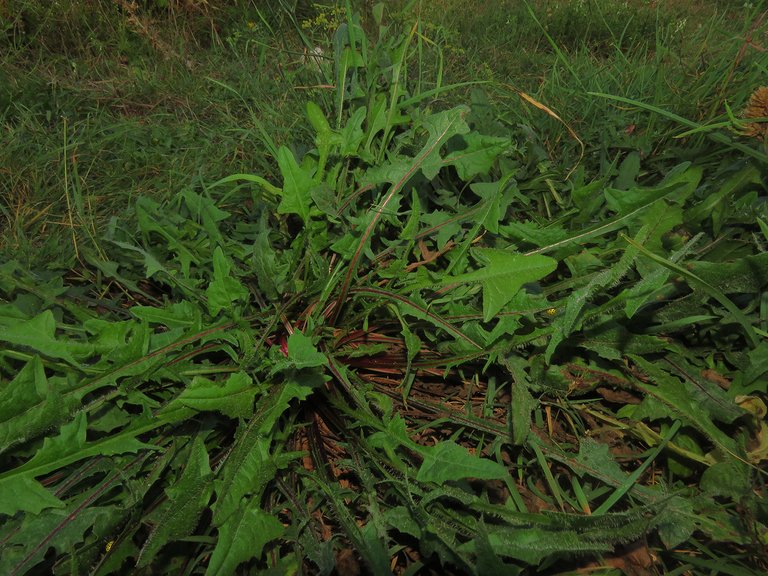
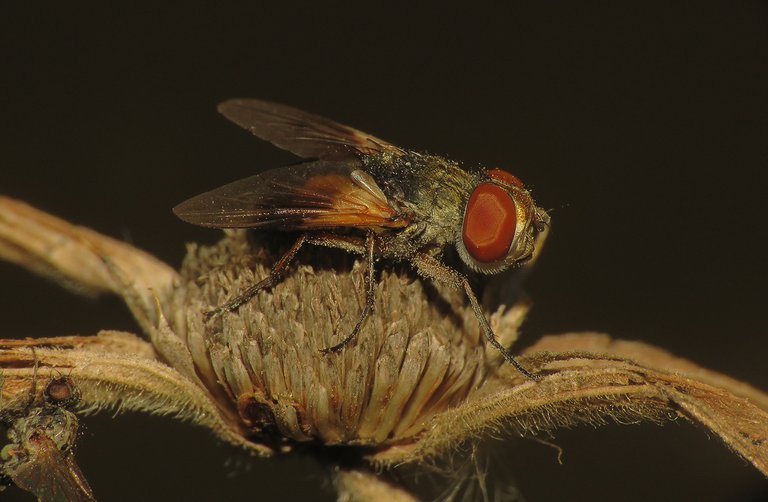
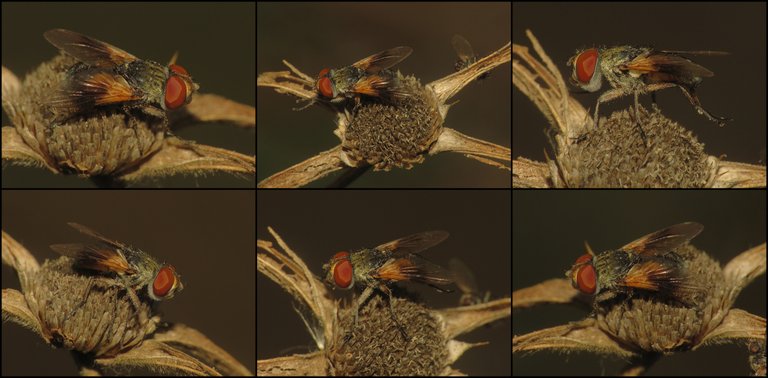
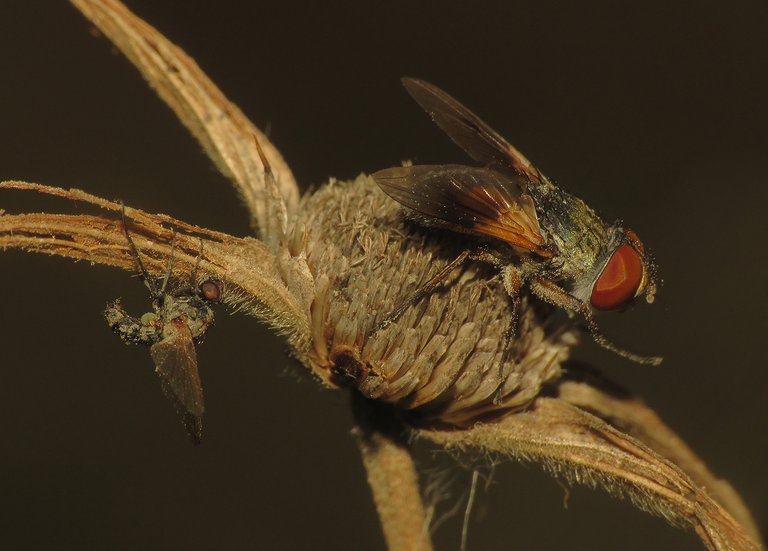
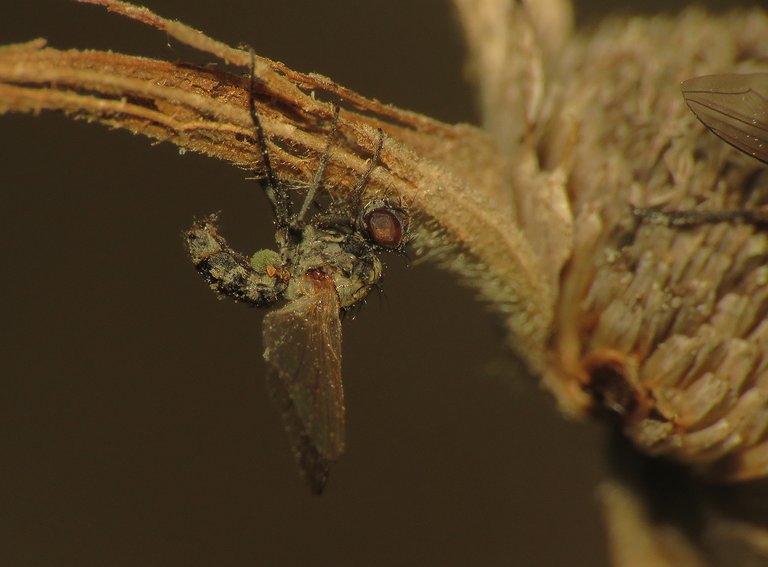
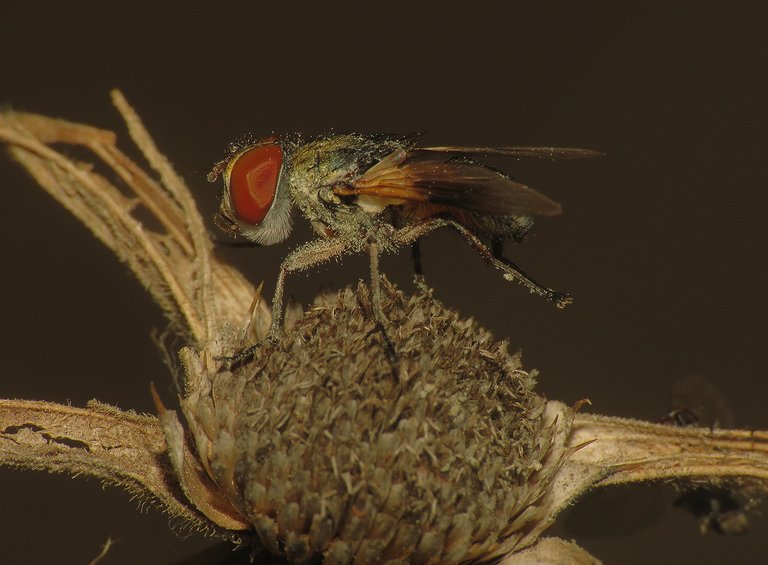
The photos of those insects are so beauty even the insect in your arm. Thanks for share with us.
Thank you. 🙂 Glad you like the post. Or, said in a more colorful way ...
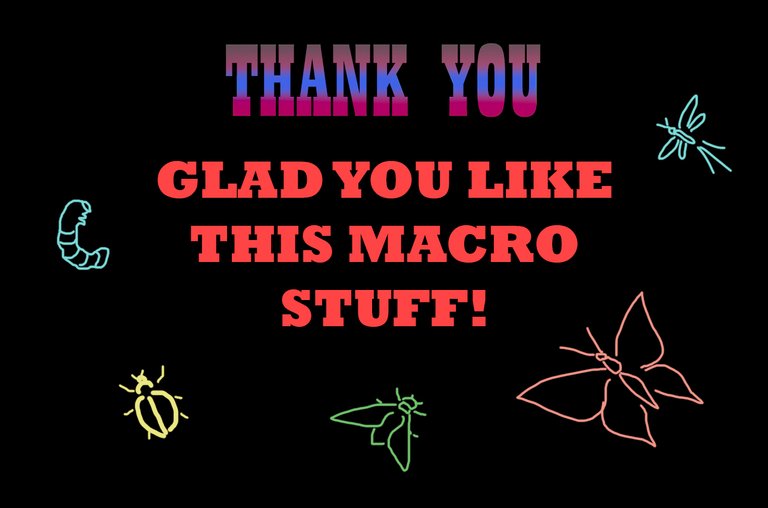
The photos of those insects are so beauty even the insect in your arm. Thanks for share with us.
Mesmerizing as always my fiend. you get so many macro shots there.
Love the hoverfly shot, because it is a little bit harder to photograph.
!DHEDGE !LUV
🙂 Yes, those flies can be a bit harder to catch sometimes.

This post has been selected for upvote from our token accounts by @ekavieka! Based on your tags you received upvotes from the following account(s):
- @dhedge.bonus
- @dhedge.pob
- @dhedge.stem
@ekavieka has 2 vote calls left today.
Hold 10 or more DHEDGE to unlock daily dividends and gain access to upvote rounds on your posts from @dhedge. Hold 100 or more DHEDGE to unlock thread votes. Calling in our curation accounts currently has a minimum holding requirement of 100 DHEDGE. The more DHEDGE you hold, the higher upvote you can call in. Buy DHEDGE on Tribaldex or earn some daily by joining one of our many delegation pools at app.dhedge.cc.
Such larvae of a moth are beautiful to look at and I often see them on the leaves of various plants. But these wasps are very scary that you have photographed.
https://twitter.com/JunaidFazal1111/status/1721751725558714393
Very interesting little animal...an extraordinary photography moment
Lovely work bro. I'll really appreciate your work.
wow.. The macro photography you featured surprised me a lot, all the shots were perfect, I really enjoyed all these amazing pictures
Thank you. 🙂 Glad you like the post. Or said in a more colorful way ...
It's nice that you have a lot of collection of photos from Marlera.
Es, they come in handy when I need to create a post on Hive.
I love everything about this shots. Each insect with a unique posture. It is like they insects were changing style for you to have a nice shot of them😄
Wait! Is that your hand I saw the caterpillar on? Wooooo! I won't dare try that. I am so much afraid of this species.
😃That's the hand of a friend who was there with me. 😃 But it could have been my hand if I weren't busy photographing.
I think the weather was good on 22nd of October and it made the pictures look beautiful coupled with your photography skills
Si es cierto, debería pensar la idea de un zoológico de insectos en Croacia, y sería buena iniciativa el primer zoológico del mundo.
😃Suena como una idea genial y única.🙂
Caterpillars & Bees in the spotlight Today, must fascinating Nature subjects to observe & photograph (which you do so well). !VSC
I also love the yellow & black colors of the Ladybirds! (I've only seen red ones here). !LOL
Have a great day Borjan & STAY !ALIVE 👌
@fun.farms has sent VSC to @borjan
This post was rewarded with 0.1 VSC to support your work.
Join our photography communityVisual Shots
Check here to view or trade VSC Tokens
Be part of our Curation Trail
@fun.farms ha enviado VSC a @borjan
Éste post fue recompensado con 0.1 VSC para apoyar tu trabajo.
Únete a nuestra comunidad de fotografía Visual Shots
Consulte aquí para ver o intercambiar VSC Tokens
Se parte de nuestro Trail de Curación
@borjan! You Are Alive so I just staked 0.1 $ALIVE to your account on behalf of @ fun.farms. (1/10)
The tip has been paid for by the We Are Alive Tribe through the earnings on @alive.chat, feel free to swing by our daily chat any time you want, plus you can win Hive Power (2x 50 HP) and Alive Power (2x 500 AP) delegations (4 weeks), and Ecency Points (4x 50 EP), in our chat every day.

Thank you. 🙂 Have a great day.
The caterpillar picture is so colorful and beautiful...i also love to see bees pictures :-)
Thanks for sharing 🙏
Wow amazing, interesting information thank you for sharing it with us. I learned alot from it. Looking stunning and scary somehow too.
https://twitter.com/lee19389/status/1721909478503907584
#hive #posh
I'm really interested in some of those bees & hoverflies. Those yellow ladybeetles are so adorable, I've never found one that's yellow like that.
🙂
this is my favorite caterpillar, I always take this caterpillar and put it in my arm, this caterpillar is very cute and good with humans
True 🙂
Shared on X
https://twitter.com/LovingGirlHive/status/1721964107983917144
This Cater Puller is standing as if I am doing Kim Fu
True. 😀 That's a good observation.
🙂😊😊